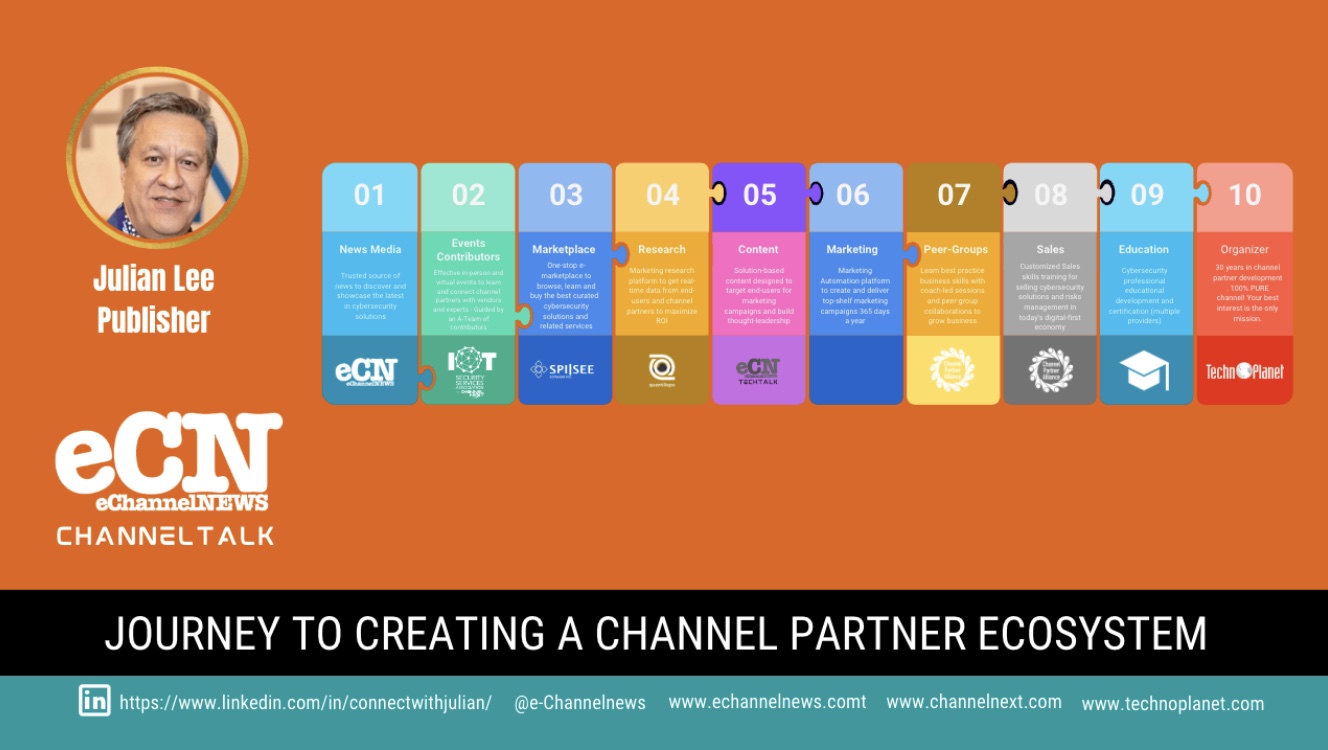The actual dawn of the new channel could probably be dated back to when IT companies started to sell some form of recurring-revenue managed services around 2005. If that was the dawn, then today we are probably at about 9:00 AM. The when and the what may be less important than the trend that it sparked in the channel.
Everyone has an opinion and they are all probably right to some degree. Most have come to realize that selling service contracts is nothing new. Actually, the photocopy resellers were doing this right from the beginning. Yet, it took a long time before the IT channel picked up on this way of doing business.
At some point over the past decade, VARs started to realize that it was more lucrative to sell their services on some sort of a recurring plan. RMM companies started to emerge to help them to manage the services remotely. PSA companies came to life to help streamline the service activities. E-commerce companies automated IT procurement for suppliers. These were some of the first tools that set in motion, the birth for a new breed of IT Channel partners. Interestingly, most of these tools were developed by actual VARs who saw the future, so you could say that the IT resellers reinvented the channel. Today, “Everything-Cloud” is fuelling this growth with no end in sight.
To describe the next “baby-boom” phase of the IT Channel, we could start with the “Born In The Cloud” (BITC) VARs. Today, they seem to be popping up everywhere. They have none of the old ways of thinking or doing things. They have fully embraced the virtual World. It’s the anything, anytime and anyplace mentality.
A BITC typically starts by setting up their accounting system in the Cloud. They may even add a virtual accountant to manage their books. Invoices, payments and related transactions are all electronic. They usually add an automated electronic payment system to complete the transaction cycle, collect money and pay suppliers. They prefer to access the system from their mobile device. They may never see the insides of a bank or physically meet their accountant.
They may work with a PSA and RMM tool, but are more likely to partner with a “NOC” provider to 100% outsource the remote monitoring and help desk support. They don’t think twice about subscribing their clients directly to any SaaS application and collect a monthly fee – even if it is only a small commission. To them, it is more money than they had yesterday, so it’s a good thing.
They leverage the Internet as much as possible. They use e-commerce tools to create a professional online business image, generate quotes and fulfill orders from multiple suppliers in real-time. Marketing and selling of managed services, SaaS, BDR, IT Security and hardware are automated as much as possible. They are open for business 24/7. Social media is their best friend.
We are getting a good peek into this emerging group through the VAR Office Suite resource. They are coming to this web site to find everything they need to build their business. They can take a test to figure out what they need; select the tools and services that they want; see demos, buy and implement. Literally within 24 hours, they can be up with a customized web store to promote, sell and buy any hardware, software, accessory, service or Cloud application.
Building a BITC has become as simple as building a customized car online. You get to put together the components that you want, see what it would look like, get a price, buy and take delivery. You can even join a group of like-minded peers to exchange ideas, learn, collaborate and get professional coaching.
Since BITCs have no preconceived notion of how the infrastructure of a traditional VAR business should be, they are completely open to adapting all of the latest virtual technologies. The end-result is a virtualized company that is fully automated and nimble.
We are seeing the BITC entering the market from everywhere. Many were previously employed by traditional VARs and MSPs who were resisting the new ways of doing business. One BITC told me his previous boss prevented him from selling any Cloud solution. You may think that the age of a BITC is under 30, but we are also seeing people in the 50’s deciding to branch out on their own. Some tell me that it was time that they reinvented themselves and took control of their future.
We also see their excitement and passion for building their new business. It reminds me of when I started in my 20’s. It’s exhilarating. The World is in front of them and they are starting with a blank slate. As the barrier of entry gets lower for these new start-ups to get into the game, they may be setting the competition and new rules for the future channel.
Can a start-up BITC be successful? The new BITC may instinctively understand that if they just add one net new client every month, then by the end of the first year, they will have multiplied their revenues by 78 times. Some BITCs are actually starting up with a few customers that they took from their previous employer. Digital marketing is helping them to find new clients with minimal cost. As one BITC put it to me, after just 5 months on their own, they were making as much money as when they were working for their previous employer.
Today’s market conditions are fostering the growth of the new BITC. Many established VARs and MSPs are already adapting before they become marginalized. The race is on between all types of channel partners. Vendors and distributors will also have to adapt their strategies to do business with BITCs, but this a topic for another story.
The next generation of buyers will demand that IT be more like a utility or phone service. They just want it to work and do not care how or why. Paying a subscription fee for a service is natural to them. Mobility is natural. Social networking is natural. Technology is natural. Nothing is impossible. BITCs get this mindset!
Maybe in 2020, we will be looking back at this era as the actual birth of the new IT Channel.





